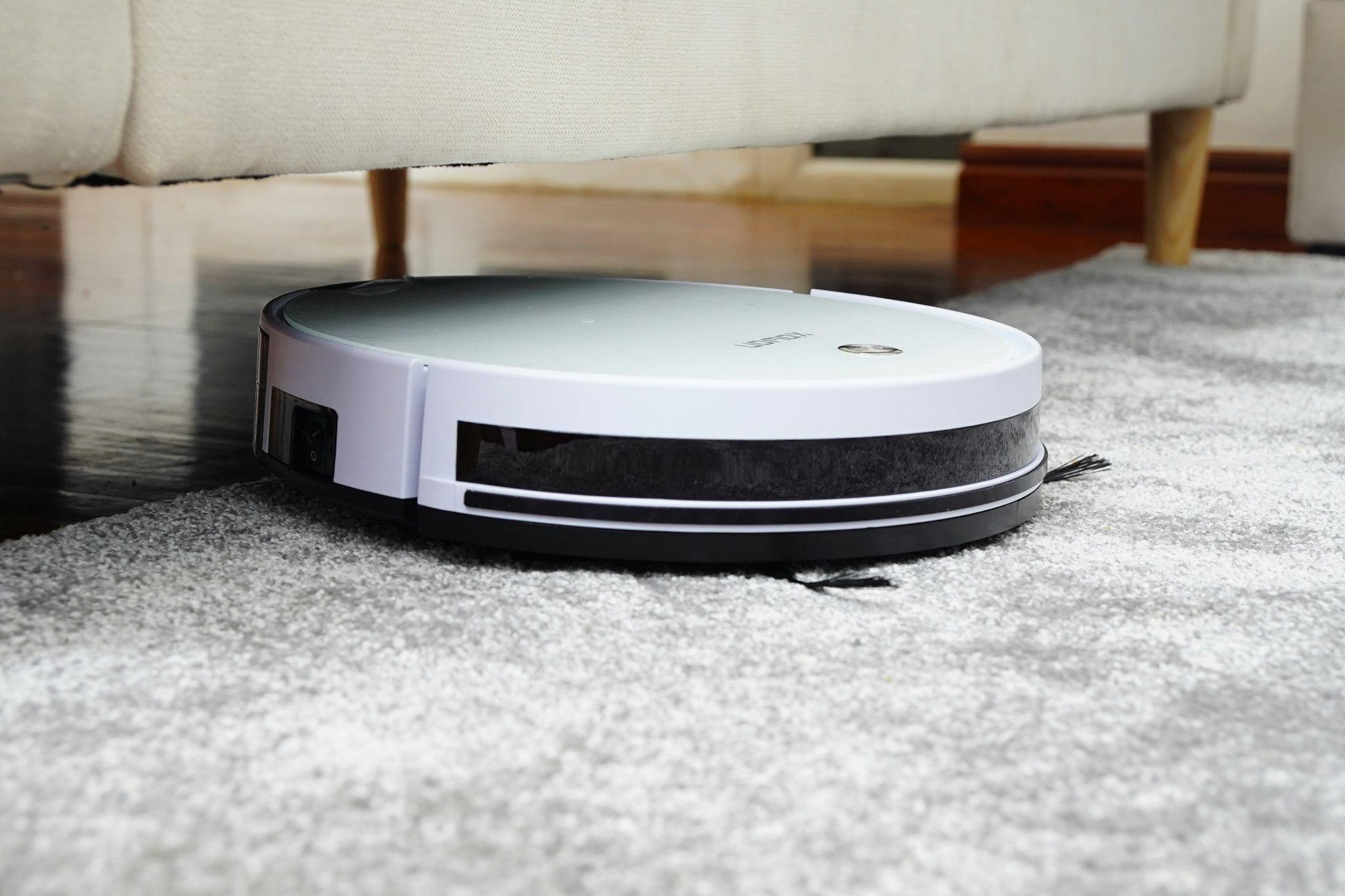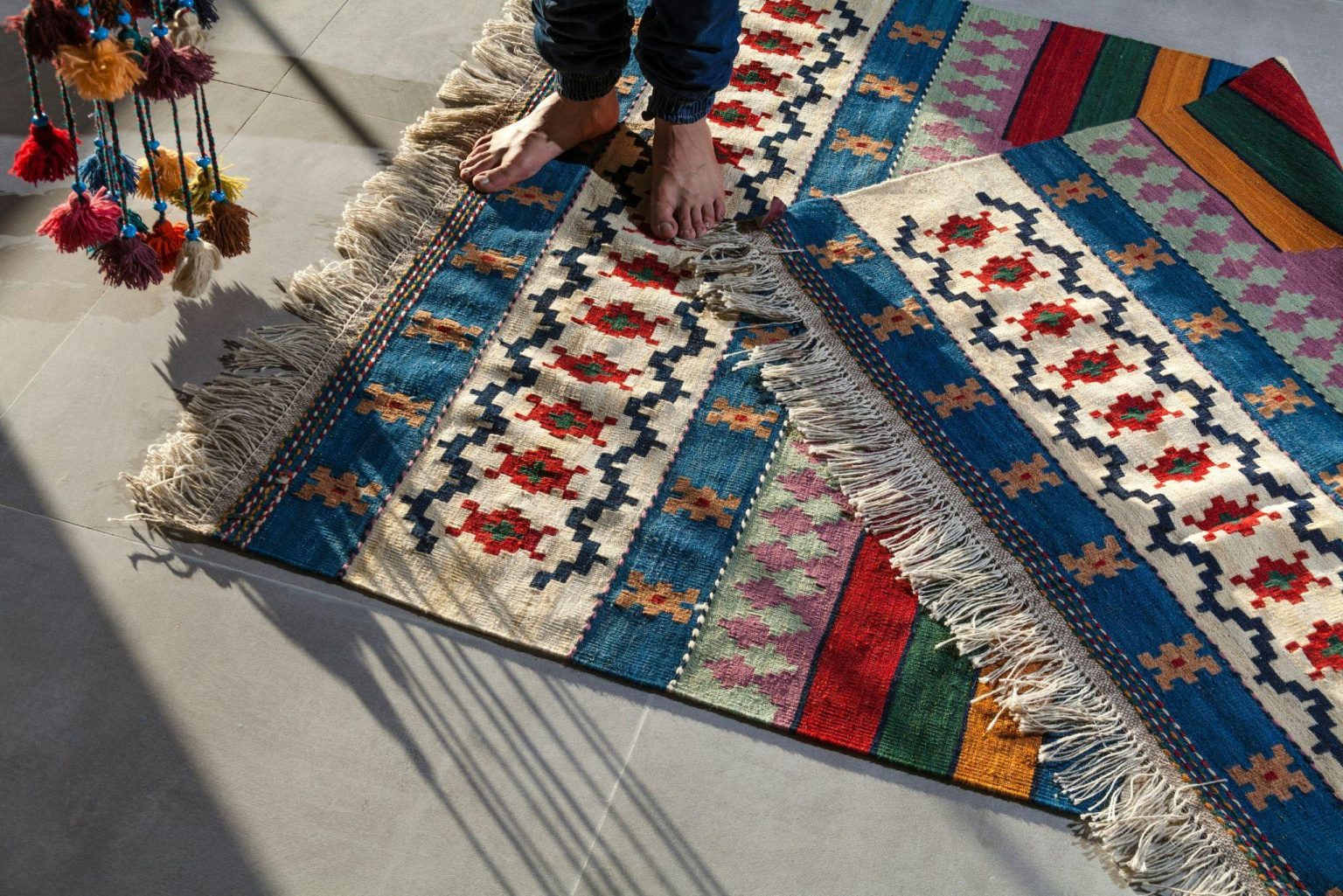Selecting the right carpet cleaning method is crucial not only for effective cleaning but also for preserving the quality and longevity of your carpets. Different carpet types, from plush synthetics to delicate naturals, require specific care to avoid damage while ensuring they are thoroughly cleaned. Understanding the relationship between carpet fabric and cleaning techniques is essential to maintain the aesthetic and functional value of your carpets. eMop, an innovative platform, plays a pivotal role in this process by providing easy access to a variety of professional cleaning services. Tailored to meet diverse needs, eMop connects clients with experienced cleaners who specialize in different cleaning methods, ensuring that your carpets receive the best care possible. This approach not only enhances the cleanliness of your home but also helps extend the life of your carpets by using the most suitable cleaning practices.
Understanding Different Carpet Fibers
https://unsplash.com/photos/person-in-blue-denim-jeans-standing-on-white-blue-and-red-area-rug-gB9hryu1q40?utm_content=creditShareLink&utm_medium=referral&utm_source=unsplash
Carpets are made from a variety of fibers, each possessing unique properties that dictate the most suitable cleaning methods. Synthetic fibers, such as nylon, polyester, and olefin, are known for their durability and resistance to stains. These materials are often found in busy environments due to their ability to withstand significant wear and tear. Synthetic carpets typically require robust cleaning techniques, which can effectively remove dirt and stains without damaging the fibers.
Wool carpets are prized for their natural beauty and softness, offering a luxurious feel underfoot. Wool is highly absorbent and can hold substantial amounts of moisture and dirt. While this makes wool carpets comfortable and warm, they also require gentle cleaning methods to prevent damage like shrinking or felting. Specialized wool-safe products and low-moisture techniques are recommended to maintain their condition and appearance.
Natural fibers such as jute, sisal, and silk are more delicate and can be quite challenging to clean. These materials are sensitive to water and harsh chemicals, making them susceptible to damage if not handled properly. Cleaning services for these types of carpets often involve dry cleaning methods or highly controlled minimal moisture techniques to ensure that the fibers remain intact and the aesthetic of the carpet is preserved.
Choosing the right carpet cleaning services is essential, not just for cleanliness but also to ensure that the specific needs of each type of carpet fiber are adequately met. Each fiber type has its requirements, and understanding these can significantly influence the longevity and preservation of your carpet.
Overview of Carpet Cleaning Methods
Carpet cleaning can vary widely in approach, depending on the type of carpet and the degree of cleanliness required. Here’s an overview of some common carpet cleaning methods:
Steam Cleaning (Hot Water Extraction): Steam cleaning involves injecting hot water and cleaning solutions deep into the carpet fibres and then extracting them along with the dislodged dirt. This method is highly effective for removing deep-seated dirt, stains, and allergens and is particularly suitable for thick, high-pile carpets that can handle the moisture without shrinking or bleeding colours. It’s ideal for households that require a thorough clean to eliminate allergens and bacteria.
Dry Cleaning: This method uses specialized compounds that are applied to the carpet and then vacuumed up, usually with a small amount of moisture. It’s particularly beneficial for natural fibres like silk or wool that might be damaged by water. Dry cleaning offers the advantage of a short drying time and is excellent for maintenance cleaning or for spaces that cannot be out of use for long, such as busy commercial areas or offices.
Encapsulation: Utilizing synthetic detergents that crystallize into powder form as they dry, encapsulation is a low-moisture cleaning method that traps dirt within the crystallized particles. Once dried, these particles are vacuumed away. This method is fast and efficient, often used in commercial settings where carpets need to look good without lengthy drying times. It’s less effective for heavily soiled carpets but excellent for routine cleaning.
Shampooing: Carpet shampooing involves applying a foamy chemical to the carpet, which is then scrubbed with a machine. This method can effectively clean heavily soiled carpets, but it may leave residues that attract more dirt over time unless thoroughly rinsed. It’s less commonly used today due to the potential for residue build-up and the longer drying times compared to other methods.
Choosing the Right Method for Your Carpet

Selecting the appropriate carpet cleaning method hinges on understanding your carpet’s fabric type, the extent of soiling, and any household allergies. For carpets made of delicate natural fibers like wool or silk, dry cleaning or low-moisture methods like encapsulation are advisable to prevent damage from excessive moisture. Heavily soiled carpets, particularly in homes with pets or children, may require deep cleaning techniques such as steam cleaning to effectively remove embedded dirt and allergens.
For households sensitive to chemicals, opting for methods that use environmentally friendly and hypoallergenic cleaning agents is crucial. It’s important to balance thorough cleaning with fabric care, especially for high-maintenance carpets that can easily be damaged. In such cases, professional cleaning services are advantageous as they offer expertise in handling tough stains and can provide tailored cleaning methods that ensure the longevity and appearance of your carpet are maintained.
DIY vs Professional Cleaning
DIY carpet cleaning can be cost-effective and allows for immediate attention to spills and stains. However, it often lacks the deep cleaning capabilities of professional equipment, which may lead to less effective stain removal and potentially faster re-soiling due to residue left in the carpet fibers. Professional carpet cleaning is recommended for deep cleaning, especially for carpets that are prone to heavy soiling or have specific care requirements. Professionals possess the necessary equipment and expertise to effectively remove deep-seated dirt and stains, ensuring a thorough clean that extends the life of the carpet and maintains a healthier living environment.
Conclusion
Choosing the right carpet cleaning method is essential for not only extending the life of your carpets but also for maintaining a clean, healthy home environment. Platforms like eMop play a crucial role by connecting users with professional cleaning services that are tailored to meet specific carpet care needs, ensuring both effectiveness and convenience.



